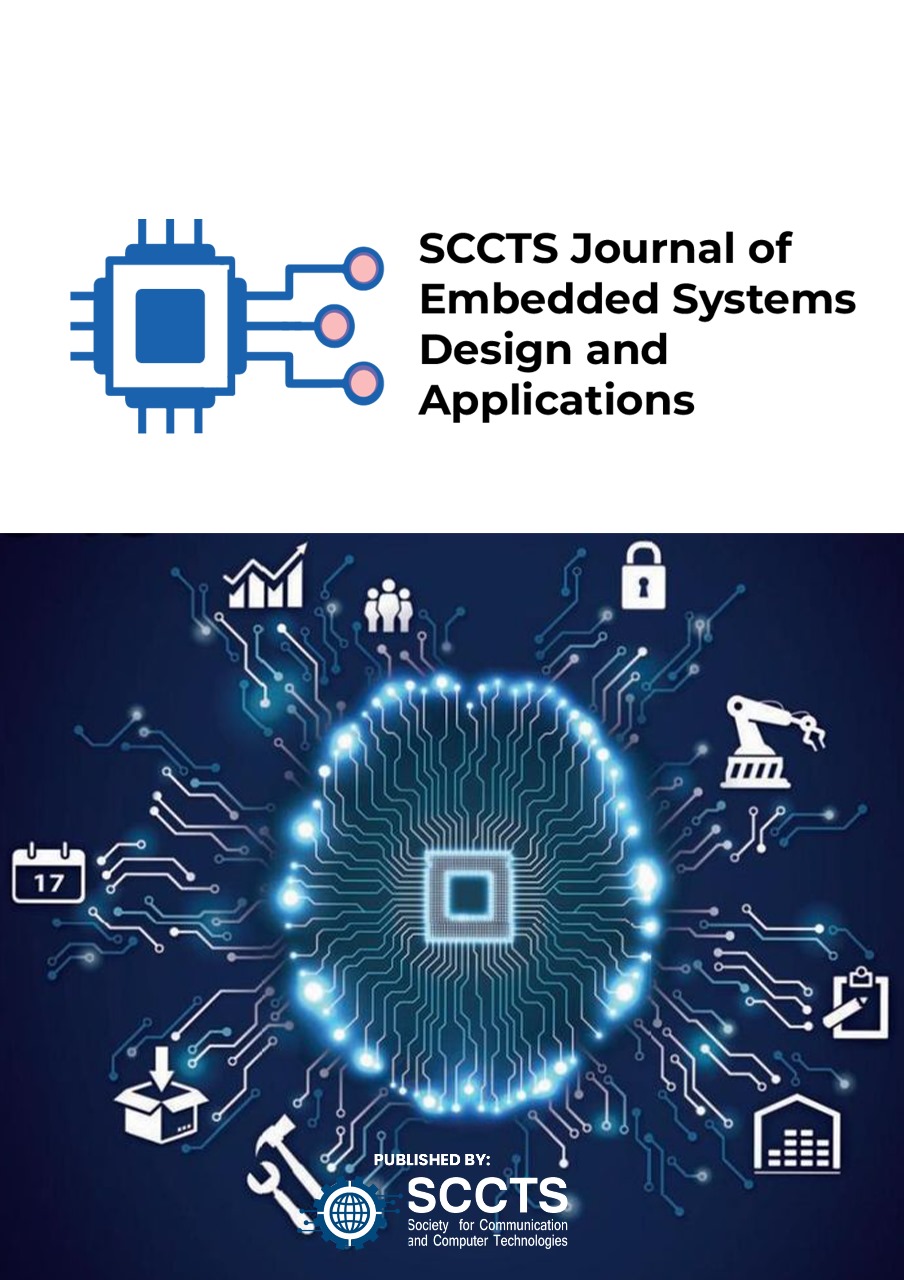Low-Latency Communication Protocol Design for Ultra-Reliable IoT Applications in Smart Cities
DOI:
https://doi.org/10.31838/ECE/03.01.05Keywords:
Low-latency communication, ultra-reliable low-latency communication (uRLLC), smart cities, IoT protocols, cooperative relaying, adaptive MAC layer, real-time data transmission, protocol design, urban IoT, reliability optimization.Abstract
Within the fast changing smart cities environment, the implementation of time-critical and ultra-reliable applications of IoT (e.g., intelligent transportation networks, emergency response systems and remote health care monitoring) require the creation of communication protocols that are able to send information to the user with a very low latency and a high probability. Current existing IoT communication protocols and standards such as IEEE 802.15.4 and 6LoWPAN and so on are not optimized enough to support the strict rationale of ultra-reliable low-latency communications (uRLLC) especially towards dense and dynamic urban markets. In this paper, a new communication protocol is developed which directly contends with these challenges by adapting the contention window scaling, lightweight forward error correction (FEC) and cooperative relaying techniques into one unified protocol stack. The cooperative relay cuts across the network and enhances transmission resilience in the non-line-of-sight (NLOS) prevailing environment often deemed in urban topology, and the adaptive contention control mechanism implements dynamic adjustment of parameters in MAC layer according to the network congestion and data priority in real-time. Lightweight FEC codes also incur minimal overhead Jain helping to avoid incurring considerable processing overhead whilst still reducing packet loss. The suggested protocol was rigorously tested on simulations in NS-3 under diverse aspects of smart city implementation with variable density of nodes and mobility follow various directions and speed. Performance indicators (end-to-end latency, packet delivery ratio (PDR) and energy efficiency have also been contrasted with baseline protocols. The findings show that the proposed system can offer a latency reduction of up to 40% and a better reliability of about 35% keeping a PDR higher than 99.999 percent in case of high network load. Moreover, the protocol is well-scaled to the congestion of nodes with a steady performance in the cases of up to 500 nodes per square kilometer. These results confirm the protocol capabilities in meeting the high communication requirements of smart city IoT infrastructures. The work triggers the implementation of mission-critical services in the city conditions, which help to achieve the goal of resilient, intelligent, and responsive smart cities.

















